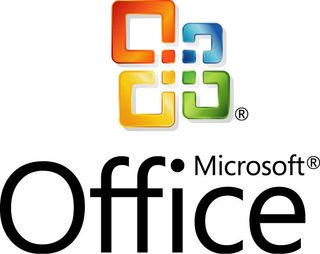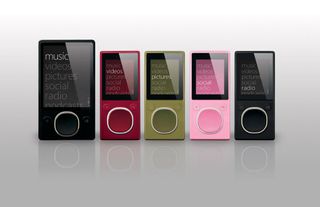Microsoft's 5 Greatest Successes and Failures

Microsoft: The good, the bad, and the ugly
Microsoft has made many successful products over the years, but unfortunately they’ve also made a lot of mistakes as well. With Windows 8.1 coming out on the horizon, we’ve decided to compile a list of the company's five biggest successes and blunders.
The chronological list starts off with Microsoft's five greatest successes and is followed by its worst failings. How many of the products below have you used? Let us know in the comments!
Microsoft Successes: The following five slides show Microsoft's greatest successes.

Microsoft Office: Microsoft’s greatest monopoly when it comes to software aside from its operating systems is with its stranglehold on the word processing market. Businesses both large and small benefited from the software suite as it gave them a set of tools to help streamline word processing, spreadsheets, and presentation documents.

Windows NT: Windows NT is a family of operating systems that Microsoft has been using since the early 90’s. Yeah, it’s that ingrained in the company's DNA, and Windows NT supports a flurry of architectures that include Power PC, ARM, and the good old x86 that you know and love.

Windows 95: Windows 95 came out 17 years ago and gave users the Start Menu they know and love. This version of Windows also departed from Windows 3.1’s folder layout to modernize the desktop experience.

Windows XP: While Windows XP is 11 years old, it's still one of the most popular operating systems today with almost 40 percent of the Windows market still using it. XP was so awesome that when Windows Vista launched, people were actually reverting back to XP in droves (More on Vista's failings later).

Windows 7: Windows 7 is currently the market leader of PC operating systems and will be for the foreseeable future. When it came out in 2009, the OS was blazing fast, easy on the eyes, and stable. Plus, unlike Windows 8, it comes with the Start button people know and love!

Microsoft's Failings: There's a saying that you have to take the bad with the good and while Microsoft remains a highly inventive company, they have made several missteps along the way. Here are the company's five greatest failings.

Windows ME: Windows ME is the operating system that Microsoft doesn't want you to remember. It was rushed to the market and, as a result, only lasted a little over a year. The OS was plagued with incompatibilities, buggy, slow, and unstable...basically everything you don't want from your operating system.

Windows Vista: Remember Windows Mojave? If not, it was Microsoft’s try-hard advertising campaign for Windows Vista that tried to convince consumers that the OS wasn't deserving of its horrendous criticism. The marketing failed to ring true when users found out the OS was very invasive with its DRM measures and that it was a performance hog that ate up RAM and CPU resources like none other.

Zune Player: While the Zune player was no technical disaster, it was simply a case of "too little, too late" as it came to the MP3 party five years after Apple released its first generation iPod. In the end the Zune player lasted just three years before Microsoft decided to discontinue the product.

Games for Windows Live: Draconian in nature, GFWL limited the amount of times players could install their games. The service also required users to authenticate their games, which could take painfully long. Users who purchased legitimate Steam copies of games like GTA IV also had trouble activating their CD keys through the service. What this meant was that while pirates were pirating, legitimate customers were being treated like second-class gaming citizens.

Surface RT: While it may be a bit early to call this a misstep, Microsoft’s in house ARM-based tablet has failed to fly off the shelves. To top it off, the device is seeing a very high return rate, which could be due to the fact that it does not support Windows legacy software. To make matters worse, almost every PC OEM has jump shipped from the platform.
Most Popular

